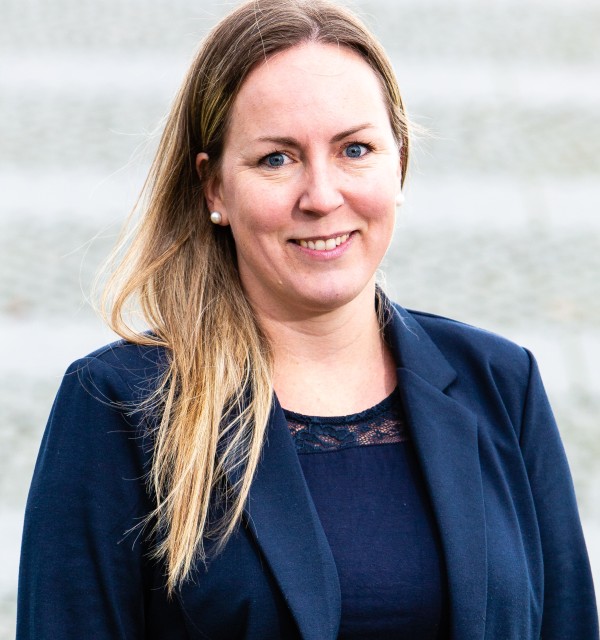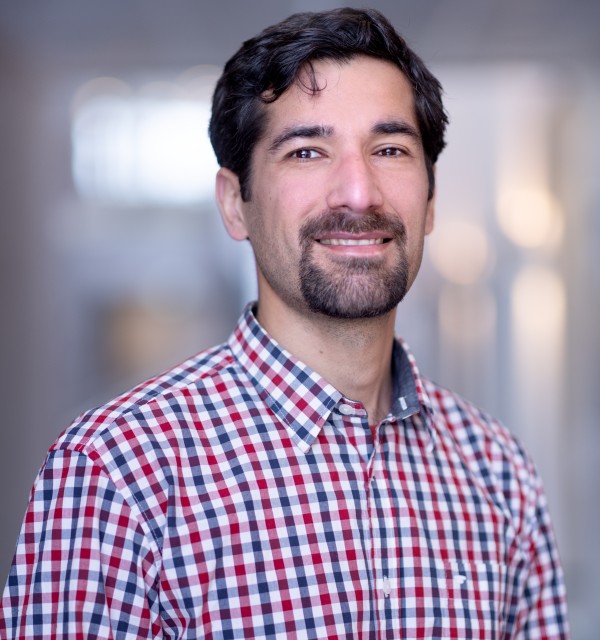The National IOR Centre has provided cost efficient and environmentally friendly solutions for improved oil recovery on the Norwegian Continental Shelf through academic excellence and close collaboration with the industry.
The results from a recent study by the Norwegian Petroleum Directorate show an overall technical Enhanced Oil Recovery (EOR) potential of 320-860 million m3 oil, which is equivalent to 3-8 times annual oil production in Norway. While EOR means intensive, forcible methods of oil recovery, IOR (improved oil recovery) refers to advanced and moderate methods. In the context of the Norwegian continental shelf (NCS), improved oil recovery is the extra oil recovery achieved beyond what is described in the plan for development and operation. The National IOR Centre has provided cost efficient and environmentally friendly solutions for improved oil recovery on the Norwegian continental shelf through academic excellence and close collaboration with the industry.
Explore the IOR centre research project.
The centre was awarded by the Research Council of Norway. University of Stavanger was the host, NORCE Norwegian Research Institute and Institute for Energy Technology (IFE) were research partners. Several other international research groups, and a total of 12 oil and service companies, have been actively involved in the centre’s research and innovation activities.
The centre’s research has among other things led to the development of new simulation tools (including open-source tools) and oil tracers to improve the recovery rate. In addition, the knowledge accumulation to the end users and the developed technologies are also crucial for other sectors than oil and gas and have thus equipped the industry for a more sustainable future.
Underpinning research
The IOR centre’s most important achievements are improved knowledge on how to extract oil in a more cost-efficient way and the tools to do so. Our region, and the country, now have a stronger and international leading IOR research team making us and the industrial partners smarter in day-to-day work with better efficiency and more confidence.
The centre has established recommended practices [1] in assessing enhanced oil recovery (EOR) strategies with attention to all the steps in the process, including core material handling, assessments of the microscopic mechanisms through experimental procedures and development of improved pore, core, and field scale models. The purpose of the recommended practices (11 in total) is to give the industry partners guidelines and “recipes” for the most efficient methods.
In addition, the centre has developed new data acquisition methods and workflows to better resolve the remaining oil potential in the fields. One example is the development made in tracers. Tracers are used in the oil industry to gauge how fluid flows through the reservoir, as well as being a useful tool for estimating residual oil saturation. Another output is the improvement in ensemble modelling of the reservoir. Our researchers have integrated more data types while improving the open-source software to enable a stronger understanding of the remaining uncertainty and opportunity space in different fields at the Norwegian continental shelf [4].
The research team has published almost 200 journal papers [2] and has given more than 700 presentations as conference contributions or scholarly presentations. Several researchers in the team have received awards related to their contributions during the centre lifetime; examples are the NPD IOR Award (Svein M. Skjæveland, 2018; Geir Evensen, 2020) and the SR Bank’s Innovation Award (Arild Lohne and Oddbjørn Nødland, 2017) [4]. The PhD and postdoc graduates are our best knowledge dissemination ambassadors in oil and gas companies, academic institutions, and research groups. In addition, our recommended practices, scientific publications, and research reports as the collective memory will form important stepstones for our future research, education, and training of the new generation of researchers and engineers [3,5].
The IOR centre defined these categories of deliverables to the industry:
- Methods & Mechanisms
- Upscaling
- Field Application
- Education & Dissemination
Within each, we specified concrete deliverables from every project involved; knowledge and tools that can contribute to methods for improved oil recovery. This includes the software IORCoreSim, IORSim, BadChimp and OPM. All resources could be found in the IOR web archive [3].
References to the research
[1] Recommended practices (login required)
[2] Journal publications listed in Cristin
[3] IOR web archive (login required): https://www.uis.no/en/research/ior-centre-archive
[4] Final report with testimonials from partners
[5] Final report from Scientific Advisory Committee
Details of the impact
The research has led to:
- Accelerated and more energy efficient production.
- Sustainability due to the utilization of the existing infrastructure.
- Solutions to prevent risks of discharges of environmental toxic chemicals.
1. In 2020, Rystad Energy published a report showing the potential and realized effects of the Research Council's investments in petroleum in the period 2008 to 2018. The Research Council has invested NOK 80 million in the IOR centre. According to the report, the Petro centres and related projects have led to increased reserve volumes of almost 900 million barrels of oil equivalents in the period 2008-2018, with a further volume upside of 11 billion barrels until 2050. The investments have also resulted in cost savings of NOK 18 billion. The potential for further savings is 1200 billion. The realized volume gains relate, among other things, to advanced methods for reservoir understanding and increased recovery, and in particular the development and use of so-called Ensemble Kalman Filter methodology (EnKF), the report states. This methodology was an important part of the research at the centre.
2. The centre's goal has been to improve oil recovery on the Norwegian shelf. The word "improve" is not only referring to increased recovery, but also to minimizing the environmental risk – getting more oil from existing, mature fields and not necessarily developing new fields. For both existing fields and new fields that have not yet been put into production, it is important to make the best decisions and choose the best methods to improve oil recovery. The research has focused on challenges for the entire NCS while demonstrating the improved methodologies on real field cases. Several real fields have been used as test cases during the eight-year centre, e.g., Norne, Ekofisk and Edvard Grieg.
3. As part of answering the need for sustainability, the centre integrated an environmental risk assessment (ERA) project in all activities. The purpose of this project was to develop and implement new risk analysis methods and models, suitable for the novel IOR solutions developed at the centre. In 2020, our researchers did initial studies of field specific and large-scale environmental impacts, and they continued working on ERA of smart water/polymer flooding. In addition, the researchers developed a method for quantifying emissions to air from IOR/EOR solutions.
The collaboration between the centre and the industry has been continuously strengthened along the project lifetime. The delivery roadmap initially set up in partnership provided a good strategic framework for connecting specific tasks. The delivery forums have then allowed more engagement of company experts in the various tasks and ensured both knowledge transfer to the industry as well as feedback and guidance for further research. Finally, the clear definition of deliverables by the technical committee allowed a focused effort towards finished work products directly usable by the partner companies. The centre's impact has been mainly achieved through the following activities:
- Engaging with industry partners through events, workshops, courses, in addition to the annual conference IOR NORWAY: The IOR centre established an arena for collaboration for the national (and international) IOR research community by arranging a conference. IOR NORWAY has been held annually since 2014, with 200-300 participants each year. The conference has distinguished itself internationally. In 2017 it was arranged in collaboration with EAGE. In 2020, the conference was held together with the International Wettability Symposium, a symposium established at University of Texas, Austin. The last two years the conference was digital, due to Covid restrictions.
- Commercialization of results and intellectual property: Software (OPM, IORSim, IORCoreSim and BadChimp) with codes and manuals.
- Participate as an expert in working groups appointed by authorities at local, national or international levels: Centre director Merete Vadla Madland was appointed member of the OG21 board. This board is in charge of the national oil and gas strategy.
- Activities aimed at raising the public awareness and new understanding of the research and its impact, for example through science nights/festivals: The centre participated actively in Forskningsdagene, Forskningstorget, Åpen dag and other popular scientific events.
Sources to corroborate the impact
[A] Interview with Chair of Board Thierry Laupretre (Aker BP): https://www.uis.no/en/energy/the-ior-centre-from-an-industry-perspective
[B] Interview with deputy manager and leader of research theme 1, Tina Puntervold: What have we achieved in the IOR centre?: https://www.uis.no/en/research/what-have-we-achieved-in-the-ior-centre
Contact
Department of Innovation and External Collaboration


